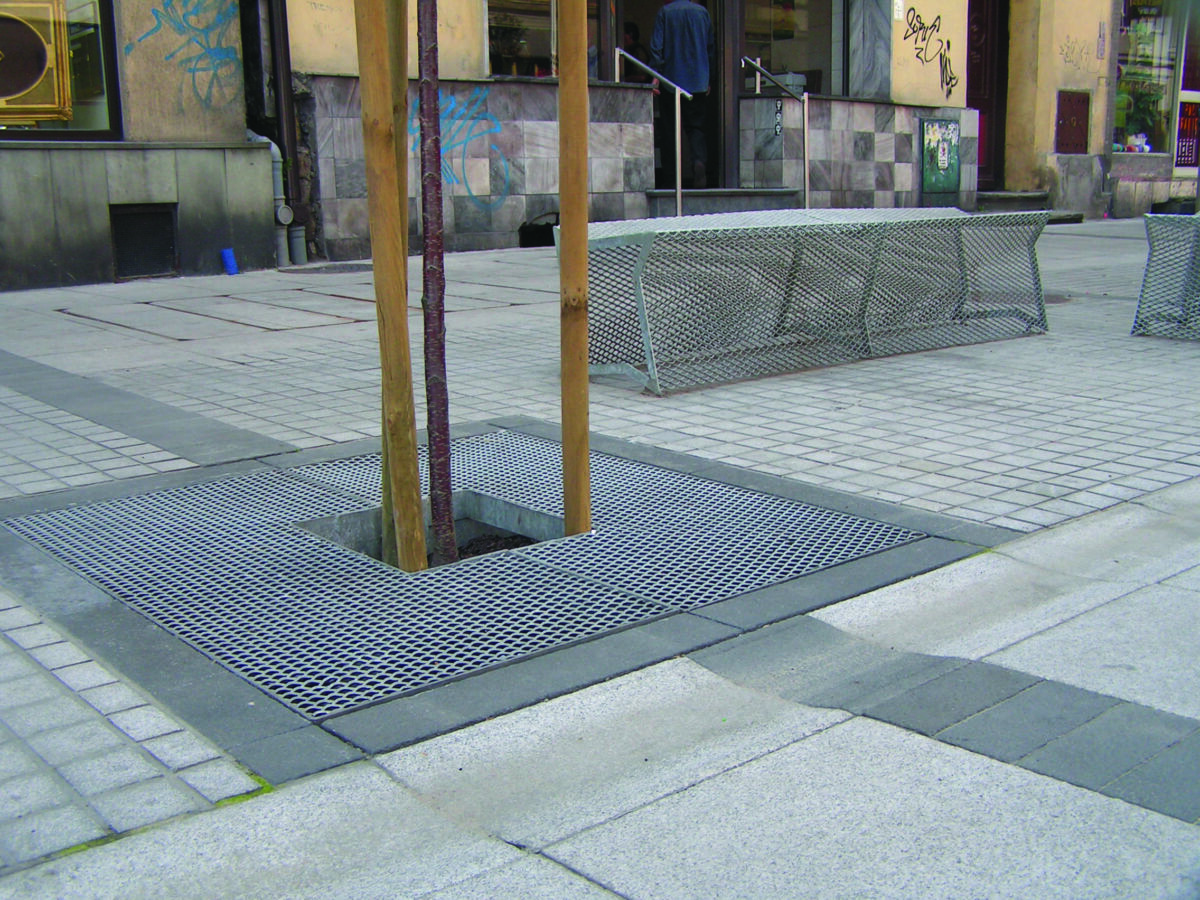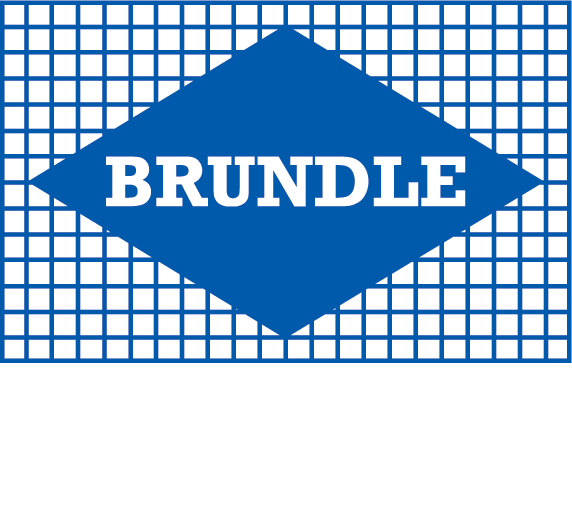 Add My Company
Add My Company

Expanded metal, a highly versatile and innovative material, has emerged as a game-changer in the realm of sustainable construction. Crafted through a meticulous process of slitting and stretching solid metal sheets, this unique mesh boasts an array of remarkable properties that make it an ideal choice for a wide spectrum of applications. Its inherent strength, durability, and resource efficiency have positioned expanded metal as a frontrunner in the quest for eco-friendly building solutions.
A Seamless Fusion of Strength and Lightweight Design
One of the standout features of expanded metal is its exceptional strength-to-weight ratio. Unlike traditional materials that often sacrifice strength for reduced weight, expanded metal strikes a perfect balance. The intricate diamond-shaped apertures, coupled with the uninterrupted flow of metal strands, create a robust yet lightweight structure. This attribute not only enhances the material’s load-bearing capacity but also facilitates easier handling and transportation, ultimately reducing the carbon footprint associated with construction activities.
Corrosion Resistance: A Hallmark of Longevity
Expanded metal’s resistance to corrosion is another factor that contributes to its sustainability credentials. Manufacturers offer a diverse range of metal options, including stainless steel, aluminium, and galvanised steel, each tailored to withstand specific environmental conditions. This inherent corrosion resistance ensures that structures built with expanded metal have an extended lifespan, minimising the need for frequent repairs, replacements, and the associated waste generation.
Resource Efficiency: Minimising Waste, Maximising Sustainability
The production process of expanded metal is remarkably efficient, generating minimal waste compared to traditional metal fabrication techniques. By slitting and stretching rather than punching or cutting, the material’s surface area is maximised while minimising the loss of raw materials. This resource-efficient approach aligns seamlessly with the principles of sustainable construction, reducing the demand for new materials and promoting a circular economy.
Exploring Diverse Applications in Sustainable Construction
Architectural Marvels: Aesthetic Appeal and Functional Versatility
Expanded metal’s unique aesthetic qualities have made it a favoured choice for architectural applications. Its intricate mesh patterns and customisable designs allow architects and designers to create visually stunning facades, partitions, and decorative elements. Beyond its aesthetic appeal, expanded metal’s versatility extends to functional applications such as ventilation grilles, security screens, and walkways, offering a harmonious blend of form and function.
Reinforcing Structures: Enhancing Durability and Safety
In the realm of structural reinforcement, expanded metal has proven its mettle as a reliable and sustainable solution. Its high tensile strength and ability to distribute loads evenly make it an ideal choice for reinforcing concrete structures, enhancing their durability and longevity. Additionally, expanded metal’s mesh configuration provides excellent traction, making it suitable for walkways, ramps, and stair treads, ensuring safety and slip resistance.
Filtration and Screening: Eco-Friendly Solutions
The intricate mesh pattern of expanded metal lends itself to various filtration and screening applications. From air filtration systems to liquid filtration processes, expanded metal offers an eco-friendly alternative to traditional filters. Its durability and resistance to corrosion ensure long-lasting performance, reducing the need for frequent replacements and minimising waste generation.
Security and Protection: Safeguarding with Sustainable Solutions
Expanded metal’s robust nature and customisable aperture sizes make it an excellent choice for security applications. Manufacturers offer specialised security meshes designed to withstand physical intrusion, providing reliable protection for buildings, fencing, and critical infrastructure. These sustainable security solutions not only enhance safety but also contribute to the overall longevity of structures, reducing the need for frequent replacements and associated environmental impacts.
Embracing Sustainability Through Innovative Manufacturing Processes
Minimising Carbon Footprint: Efficient Production Techniques
The manufacturing processes employed in the production of expanded metal are inherently eco-friendly. Advanced techniques, such as computer-controlled slitting and stretching, minimise material waste and optimise resource utilisation. Additionally, many manufacturers have implemented energy-efficient practices and renewable energy sources, further reducing the carbon footprint associated with expanded metal production.
Recyclability: Closing the Loop on Sustainability
One of the most compelling aspects of expanded metal is its recyclability. At the end of a structure’s lifespan, the expanded metal components can be easily recycled, reducing the demand for new raw materials and minimising waste generation. This closed-loop approach aligns perfectly with the principles of a circular economy, promoting sustainable practices throughout the entire lifecycle of the material.
Continuous Innovation: Pushing the Boundaries of Sustainability
The expanded metal industry is constantly evolving, driven by a commitment to innovation and sustainability. Manufacturers are actively exploring new alloys, coatings, and surface treatments to enhance the material’s performance and eco-friendliness. Additionally, advancements in manufacturing techniques and design software are enabling the creation of increasingly complex and efficient expanded metal products, further expanding the scope of sustainable applications.
Embracing a Sustainable Future in Construction
As the construction industry continues to embrace sustainable practices, expanded metal emerges as a versatile and eco-friendly solution. Its unique combination of strength, durability, resource efficiency, and recyclability positions it as a material of choice for architects, engineers, and builders seeking to minimise their environmental impact. By harnessing the potential of expanded metal, the construction industry can pave the way for a more sustainable future, creating structures that not only meet functional requirements but also contribute to a greener and more responsible built environment.
For more information on Exploring the Strength and Sustainability of Expanded Metal for Construction Projects talk to F H Brundle

